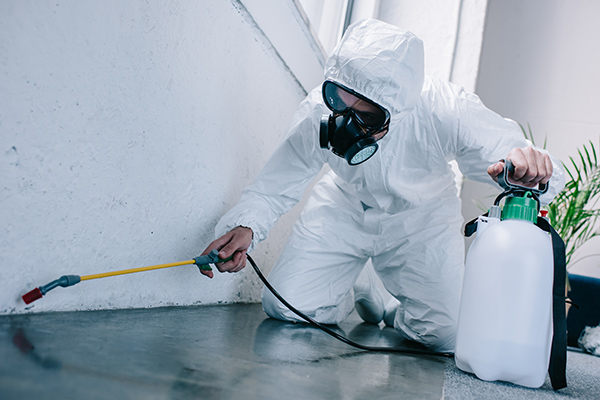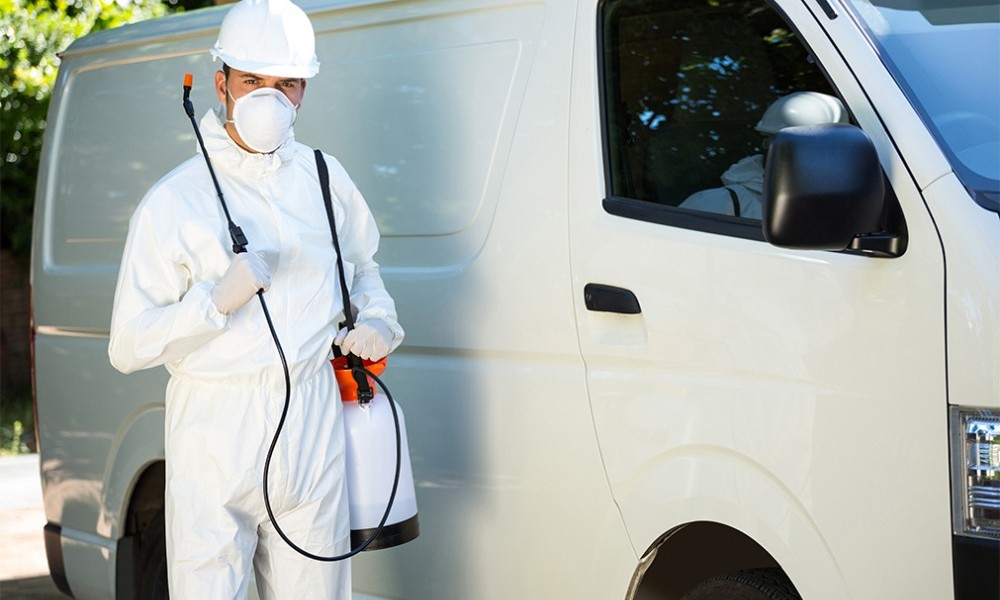Encountering a pest infestation in your home can be both alarming and frustrating. Whether it’s rodents, termites, cockroaches, or other unwanted invaders, the situation can quickly escalate if not dealt with properly. Knowing how to respond to pest infestation is crucial to minimizing the damage, protecting your property, and maintaining your health. Here’s what you should do if you encounter a pest infestation in your home.
Identify the Pest
The first step when dealing with a pest infestation is to identify the pest. Understanding what kind of pest, you’re dealing with helps determine the most effective method of control. Different pests require different approaches, and some may even require specialized treatments. For instance, bed bugs may require heat treatment or chemical control, while ants may need bait or traps. If you’re unsure about what pest you’re dealing with, it may be helpful to take a photo or collect a sample to show a professional pest control service for proper identification.
Assess the Extent of the Infestation
Once you’ve identified the pest, assess how widespread infestation is. Check the affected areas thoroughly common places pests tend to hide include kitchens, bathrooms, attics, basements, and food storage areas. Look for signs such as droppings, gnaw marks, nests, or other damage that can indicate a larger issue.
Take Immediate Action to Limit Damage
While waiting for professional pest control services, you can take several immediate actions to limit the damage. For example, if you’re dealing with rodents, sealing off entry points such as cracks in walls or gaps around doors can help prevent them from spreading to other areas. If you have an insect problem, ensure food is sealed and cleaned up to deny pests access to food sources.
Avoid Using DIY Solutions

While it might be tempting to handle the infestation with over-the-counter pesticides or traps, DIY solutions can often make the problem worse. Many commercial pest control products are not effective for large or persistent infestations and can pose health risks to humans and pets when used improperly. In some cases, DIY treatments may only address the symptoms of the infestation without eliminating the source or all stages of the pests, such as eggs or larvae.
Call a Professional Pest Control Service
The most effective and long-lasting solution to pest infestation is often professional pest control. Certified pest control technicians have the knowledge and experience to assess the extent of the infestation and use targeted treatments that are safe and effective. They can employ a range of methods, such as chemical treatments, traps, baits, or fumigation, depending on the type of pest.
Follow Preventive Measures
Once the infestation is under control, it’s important to take preventive measures to ensure it doesn’t return. This may involve cleaning up any food or water sources that may attract pests, sealing gaps around windows and doors, and maintaining a clean, clutter-free environment. Regular inspections of your home and yard can help catch early signs of pests before they become larger issues.
Inspect for Secondary Damage
After the infestation is under control, it’s also important to check for any damage caused by the pests. Rodents, for example, can chew through wires, insulation, and wood, which can lead to structural damage or fire hazards. Termites can cause significant damage to wooden structures and furniture.


